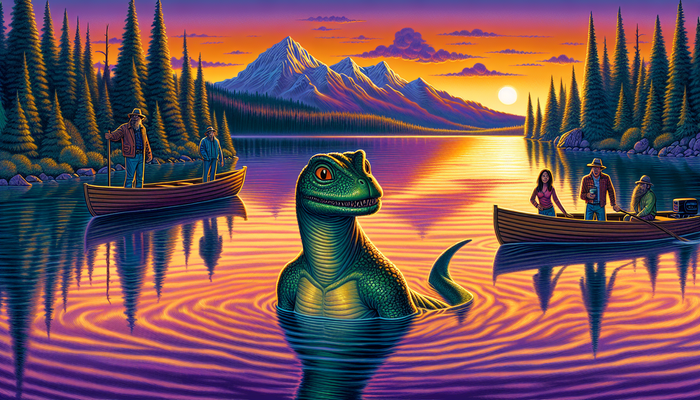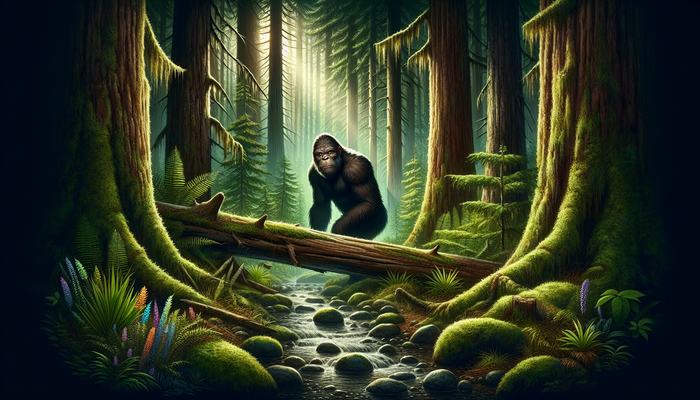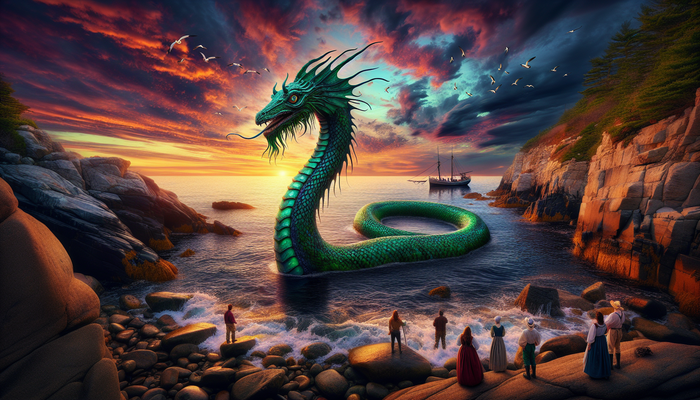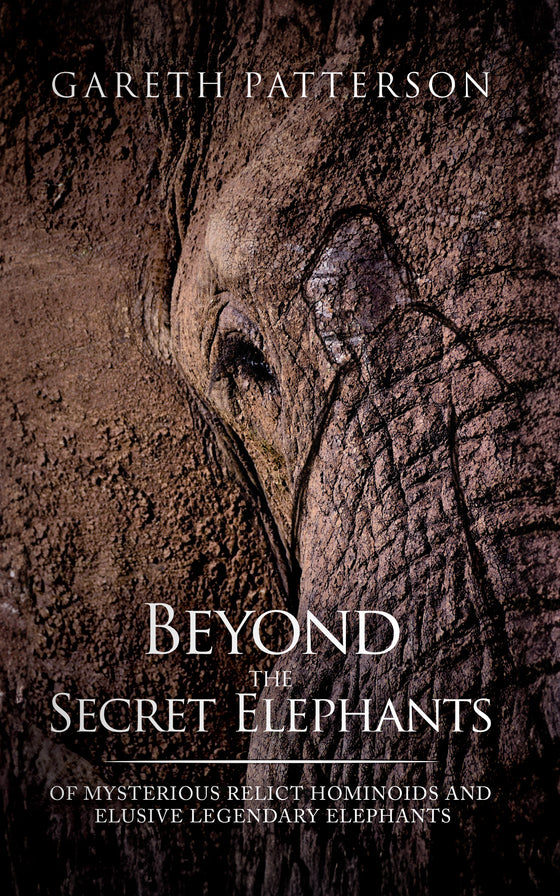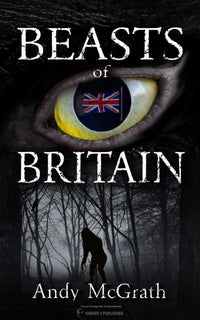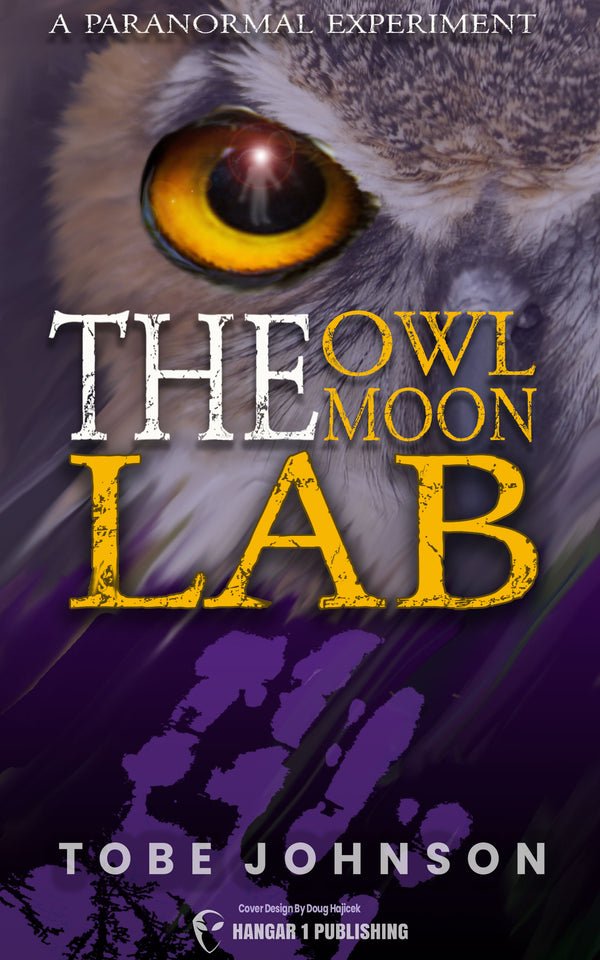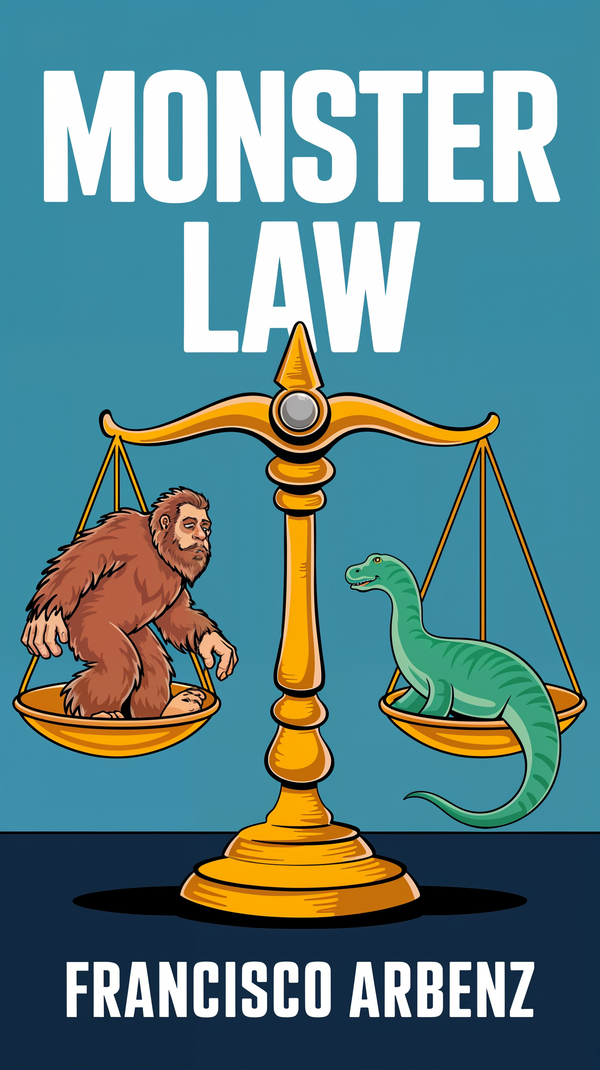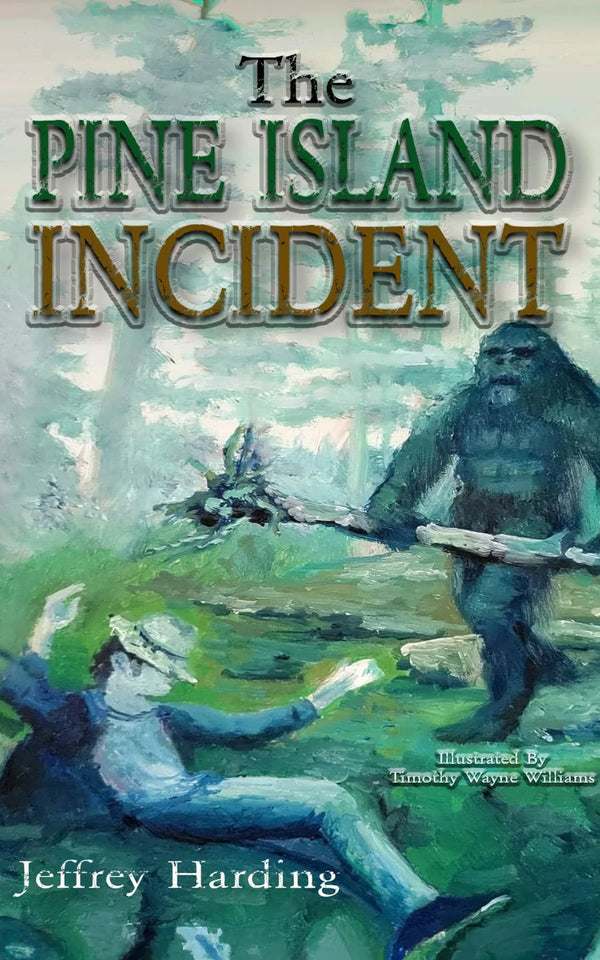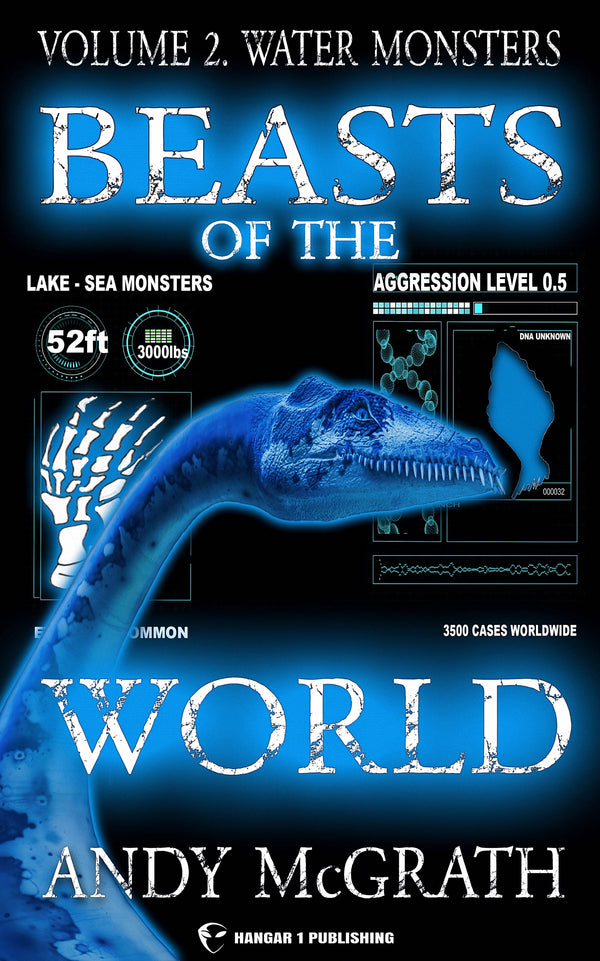Siege of the Sasquatch: Ape Canyon Bigfoot Encounter

Imagine you're huddled inside a small, darkened cabin, the only light coming from the dancing flames of an oil lantern. Shadows creep up the walls as your eyes dart around, straining to see into the pitch black night outside. The only thing you can hear is the rapid pounding of your heart, drowned out momentarily by the shrieks and howls from unseen creatures circling your shelter. You grip your rifle tightly, knowing it's your only line of defense. Rocks smash against the walls and heavy thuds shake the foundation. You can sense their presence, lurking just out of sight. This is no campfire tale - it's a harrowing fight for survival against an unknown adversary in the remote wilderness.
While this sounds like a scene straight from a horror movie, it's actually a chilling account of the Ape Canyon Bigfoot encounter, one of the most famous and controversial incidents in the annals of cryptozoology. In 1924, a group of miners were purportedly besieged inside a small cabin in a remote gorge of Washington's Mount St. Helens by a group of violent, rock-hurling Sasquatch. Their story would go on to cement itself as a cornerstone of Bigfoot folklore, sparking endless debate between skeptics and believers. Some dismiss it as a fanciful hoax, yet others are convinced the men endured a terrifying ordeal. Over the years, I've become enthralled by the Ape Canyon incident. As a Bigfoot enthusiast, I'm compelled to delve deeper into this legend and analyze the available evidence. My goal is to provide a balanced perspective, shedding light on the intriguing details while also subjecting them to scrutiny. There are still more questions than answers, but perhaps we can uncover some truths shrouded in the mists of this unsettling tale. The stage is set. Let's step back in time and place ourselves in the shoes of these beleaguered miners, gaining insight into their encounter and its lasting impact. The journey for understanding begins here.
The Legend of Ape Canyon
Our tale starts with the gorge itself, nestled high in the Cascade Mountain range of southern Washington. Carved by ancient glaciers, Ape Canyon lies on the southeastern flank of the Mount St. Helens volcano. Sheer rock walls plunge down 200 feet on either side of the ravine's narrow chasm, creating a precarious landscape where sunlight barely penetrates. The canyon's name originated from a local legend told by indigenous Cowlitz people about a race of cannibalistic "Mountain Devils" inhabiting the peak. According to native accounts, these hairy "ape men" would prey upon lost travelers, capturing them to feast upon their flesh. Early European settlers dismissed these stories as fanciful myths, yet a kernel of truth may have lingered in the tales.
Sightings and strange occurrences around Mount St. Helens continued even as more outsiders pushed into the region. Miners, loggers, and adventurers exploring the area brought back peculiar reports of unidentified creatures and eerie sounds echoing from the forests. Footprints with an unnatural, human-like shape appeared around remote campsites, fueling uneasy rumors. Most dismissed these accounts as overactive imaginations or tricks of shadow and light. After all, no tangible proof of actual "ape men" existed. But in 1924, a group of prospectors would return from the mountain with a harrowing eyewitness account and fresh physical evidence, adding new life to the legend. Their dramatic story would spark a massive hunt for proof of these "Mountain Devils," while also leaving an indelible mark on the landscape. The gorge where their chaotic encounter took place soon adopted a new name - Ape Canyon.
The Night of the Encounter
Fred Beck, Gabe Lefever, John Peterson, Marion Smith, and Smith's son Roy formed the group of miners at the heart of our tale. Drawn by rumors of gold, they had ventured to Ape Canyon in search of fortune and adventure. The team set up camp in a rustic log cabin they built themselves near the canyon rim. This simple shelter would become the stage for their infamous standoff. By July 1924, the prospectors had been working their claim for several weeks without incident. One afternoon while returning from surveying the area, Beck and Smith spotted a bizarre creature standing upright near the treeline. Beck described it as an "ape-like animal" covered in blackish-brown hair, standing at least 7 feet tall. After yelling out in shock, Smith fired his rifle at the beast. Despite striking it three times, the creature fled into the forest.
Spooked by this encounter, the men decided to abandon camp at daybreak. But that night, chaos descended. Around midnight, the miners were jolted awake by a massive blow against the cabin. Stones and boulders pelted the walls as the structure shuddered under the brute force. Glimpsing outside through gaps in the logs, Beck spotted several hulking, hair-covered creatures circling the cabin. "Mountain Devils!" he cried. The men exchanged fire with their assailants, but the attack continued in waves all night long. The creatures hurled rocks through the roof, even managing to tear a hole in the door and briefly grab an axe, according to Beck's account. Their unearthly screams and putrid smell filled the air during the pandemonium. Beck was apparently knocked unconscious by a rock at one point. As dawn finally approached, the harrowing assault ceased. Gathering their wits, the shaken miners hastily fled down the mountainside. Beck claimed he glimpsed one of the "ape men" in the distance and fired, striking it dead. We can scarcely imagine the raw terror these men experienced that night - whether from flesh and blood creatures or manifestations of their own fears. Nonetheless, their perception of a near-death ordeal was undeniably real.
Eyewitness Accounts and Testimonies
News of the incident spread rapidly, appearing in newspapers like The Oregonian. Reporters relayed the prospectors' sensational tale of coming under siege by rock-hurling "gorilla men." Though shocking, the story was not dismissed outright. The miners appeared genuinely traumatized by their experience. Beck's credibility was noted, given his reputation as a seasoned outdoorsman familiar with wildlife. The physical evidence also seemed to corroborate their claims - damage to the cabin, gigantic footprints, and enormous "devil stones" littering the site. Investigators observed that the footprints precisely matched those described by Beck, with a human-like shape and four stubby toes. Beck even displayed the two misshapen .30 caliber bullets extracted from his rifle stock and claimed they came from shooting one of the creatures.
While Beck provided the most detailed testimony, the other miners present largely corroborated his account, besides a few inconsistencies. They concurred about being awoken by the first massive blow against the cabin and finding Beck unconscious after a rock strike. All their rifles showed signs of repeated firing, backing the claim of a lengthy siege. The men's demeanor shifted from ridicule to reluctant acceptance after Beck and Smith returned from their initial sighting, suggesting they genuinely believed the creatures existed. However, Beck's story evolved dramatically over time compared to the others. In 1967, he released a booklet claiming the "apemen" were interdimensional beings, contrasting with his original description of flesh-and-blood animals. The rest of the group never deviated from their initial stance.
Investigations and Theories
Given the story's blockbuster status, investigators descended on Ape Canyon to search for evidence. U.S. Forest Service rangers followed Beck back to the scene shortly after. They indeed found the cabin battered and strewn with gigantic boulders. Enormous humanoid tracks dotted the area, though the rangers concluded these could have been faked by manipulating hands and feet. Most damning was the lack of any creature carcasses, even where Beck claimed to have shot one dead. The rangers deemed the affair a hoax, speculating the miners staged everything to drum up publicity.
Alternative theories also abounded. Some suggested the men genuinely thought they were under attack but misattributed the assault. Local indigenous people accused the miners of encroaching on a sacred burial ground, potentially stirring up supernatural vengeance. Skeptics proposed the rock barrage was a prank by railroad workers who had a camp nearby. Paranormal explanations even emerged, such as Beck's claim that the creatures were interdimensional beings. But arguably the most plausible debunking theory accused local teens of perpetrating the "attack." An article in 1963 quoted former YMCA campers who admitted hurling stones onto the cabin from above as a foolish prank. The canyon's acoustics could have distorted their voices into eerie howls. While intriguing, this still fails to account for all the details, like the enormous footprints.
The biggest breakthrough came in 2013 when researcher Marc Myrsell announced he had located the long-lost cabin site. He provided photos of period mining equipment and other artifacts buried nearby, which he claimed constituted remnants of the original cabin. If true, this discovery could provide new avenues for study and tangible evidence. For now, the truth behind the incident remains ambiguous. However, Myrsell's find does suggest that - hoax or not - a fascinating piece of history may still be unearthed at the site.
The Legacy of Ape Canyon
Despite the lingering doubts, the prospectors' dramatic tale left an indelible mark on cryptozoology. The 1924 Ape Canyon "attack" remains among the most famous Bigfoot-related incidents, referenced frequently in books and documentaries. It intertwined the local legend of the area's "Mountain Devils" with the broader Sasquatch phenomenon, bolstering the creature's folkloric status. The publicity surrounding the event forged Ape Canyon as a destination for adventurers, researchers, and curiosity seekers hoping to spot the elusive beasts. The name alone cemented its connection to the alleged creatures.
Today, the canyon remains a popular hiking trail, offering access to waterfalls and scenic vistas of Mount St. Helens' volcanic landscape. While the original cabin is long gone, remnants may still linger beneath the surface. Visitors are also drawn by the site's cryptozoological history, sometimes camping overnight to see if the "apemen" will reappear. In a way, the canyon itself has been transformed into a symbol of mankind's fascination with the unknown. It represents the blurred line between folklore and reality. Whether or not its namesake creatures exist, Ape Canyon has become a cultural landmark and monument to the enduring legend it spawned. For Bigfoot believers like myself, it remains a sacred place intertwined with the origins of Sasquatch lore.
Analyzing the Evidence
The physical evidence surrounding the incident is certainly tantalizing but inconclusive. The footprints provide the strongest piece of potential proof for a literal creature. Wildlife officials confirmed that the 14-16 inch tracks did not match any known animal. Subsequent experiments have shown that convincingly mimicking such tracks in firm soil without artificial aids presents a challenge. The dermal ridges and mid-tarsal breaks of the Ape Canyon prints appeared genuine. However, without an actual footprint specimen to analyze, verification is impossible.
The cabin damage also raises eyebrows. Could a group of teens really hurl boulders large enough to batter thick log walls and smash the roof? Engineering analysis suggests extreme difficulty, even using ropes and pulleys. The described structural damage implies tremendous focused force. Bigfoot proponents argue this supports the idea of powerfully built creatures striking the cabin. But skeptics counter that Beck could have exaggerated the damage. Unfortunately, the demolished cabin itself can't be inspected. We're left to interpret secondhand accounts rather than directly observing the evidence.
From a psychological standpoint, hoaxes are certainly possible, but mass hysteria seems unlikely given the men's experience level. Their frontier lifestyle was accustomed to hardship and peril. If confronted by an actual unknown danger, their extreme reaction appears reasonable. Of course, the human mind can play tricks, transforming shadows into monsters. But for seasoned outdoorsmen, this seems improbable - making their terrified reactions more plausible. Their decisions also make sense in context - abandoning valuable equipment to flee an imminent threat. Nevertheless, psychology shows us that subjective experiences can feel intensely real, even if objectively imagined.
Could such creatures actually exist? From a primatological view, scientists note intriguing parallels to extinct hominid species in Bigfoot witness descriptions. Prominent primate features like the mid-tarsal break are often described, fitting with an upright-walking, bipedal ape. Bigfoot's size and mass align with species like Gigantopithecus, an extinct 10-foot-tall ape. Primatologists observe that large primates can adapt surprisingly well to temperate forests, with abilities like creating shelter. Ultimately, the Pacific Northwest contains suitable habitat to conceal small populations of such an animal. While controversial, some scientists argue an undiscovered North American ape is not outside the realm of possibility.
The Bigfoot Community's Perspective
Given its fame, the Ape Canyon incident holds a special place among serious Bigfoot researchers. It helped spawn the methodology of investigative expeditions to analyze fresh sightings. Researchers saw value in interviewing witnesses on-site while evidence was still intact. The encounter also reinforced the technique of comparing footprint casts to flesh out morphological details. This pioneering field work produced advances that inform today's search efforts. Additionally, the prospectors' credibility and lack of obvious financial motive strengthened the case for taking eyewitness accounts seriously, not simply dismissing them as hoaxes. Their detailed observational descriptions provided a benchmark for cataloging the creature's attributes.
From a cultural perspective, Ape Canyon also helped cement Bigfoot's status as a violent, dangerous beast rather than merely a benign curiosity. Rightly or wrongly, the sensational "attack" fed into perceptions of the creature as a threatening monster to be feared. While encounters are rarely so confrontational, this incident lingers as a warning not to underestimate the animal's power and temperament. Many modern researchers even speculate that the violent reaction was provoked by the gunshots, consistent with a defensive response. Either way, its legacy endures as a cautionary tale among Bigfoot devotees.
Within the community, the incident remains a source of lively debate and dueling theories. Believers see it as compelling evidence from credible witnesses, while skeptics view it as an embarrassment perpetuated by overzealous cryptozoologists. But all agree that the story left a lasting impact, for better or worse. Enthusiasts continue to search the area, employing the latest tools like drone cameras and DNA sampling. Some in the community even claim to have had their own encounters in the canyon, keeping the legend alive. While inconclusive, Ape Canyon remains ground zero for the field's pioneers.
Conclusion
In many ways, Ape Canyon represents the quintessential Bigfoot legend - equal parts enthralling and maddening. The sheer drama of the tale captures our imagination and stokes our curiosity. Yet, the lack of definitive proof means it remains suspended in uncertainty. My own fascination with the incident is less about any ironclad conclusion and more about the spirit of mystery itself. The story crystallizes why the Bigfoot phenomenon still exerts such a powerful hold on our psyche. It's a symbol of nature's unknowns and of our enduring quest to understand the world around us.
What truly happened in that lonely gorge back in 1924 may never be known. We're left to sift through a mosaic of clues, seeking the truth hidden within legend and hearsay. The ambiguous evidence allows room for endless interpretation and debate. For some, it confirms their beliefs. For others, it highlights our tendency towards magical thinking. But perhaps the most rational view lies between these extremes - acknowledging that some strange events defy easy explanation, even as our critical thinking kicks in. The Ape Canyon incident doesn't require a definitive verdict to remain compelling. Its elusive truth may always lurk just out of view, like Bigfoot itself.
What Next?
The saga of Ape Canyon is clearly an enduring, if controversial, pillar of Bigfoot lore. I'd love to hear your take on this fascinating tale and the evidence surrounding it. What's your personal theory on what transpired back in 1924? Do you think some core truth resides in the story, or is it an outright hoax? Have you had your own encounters while exploring Ape Canyon or other remote wilds? I'm eager to exchange perspectives and learn from your insights into this mesmerizing mystery.
I also encourage you to visit Ape Canyon yourself and drink in its cryptozoological history. Stand in those deep woods where legend and reality collide. Look for clues that may still linger off the beaten path. And remember that our world still holds secrets yet to be revealed. Adventure awaits those with open minds and intrepid spirits. Together, we can shine light into the shadows and seek ever closer encounters with the unknown. The search continues, and Ape Canyon beckons...


